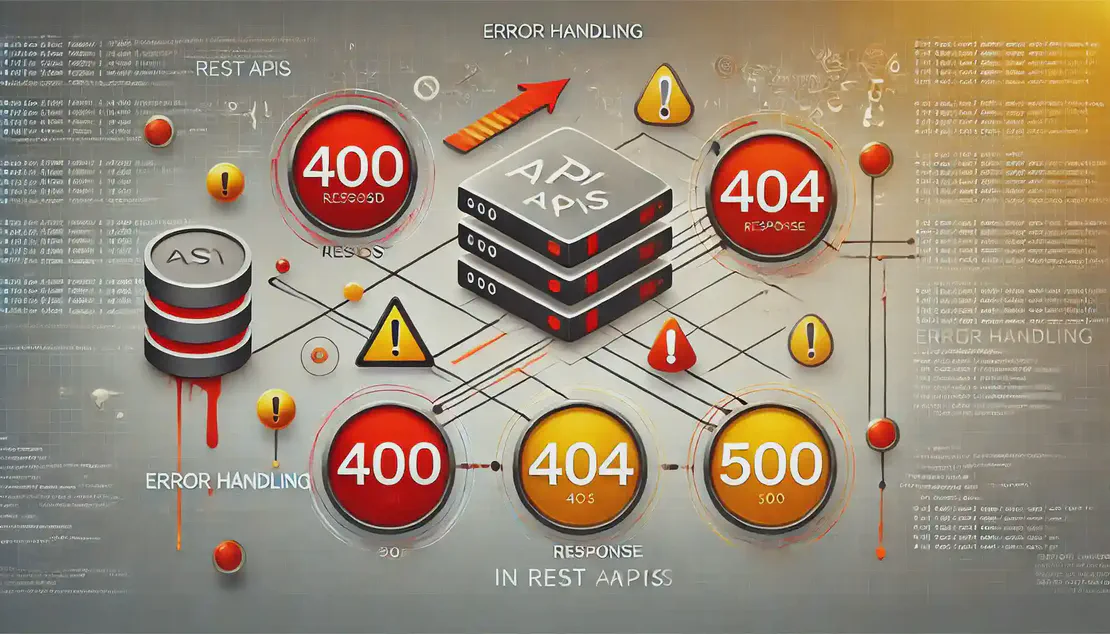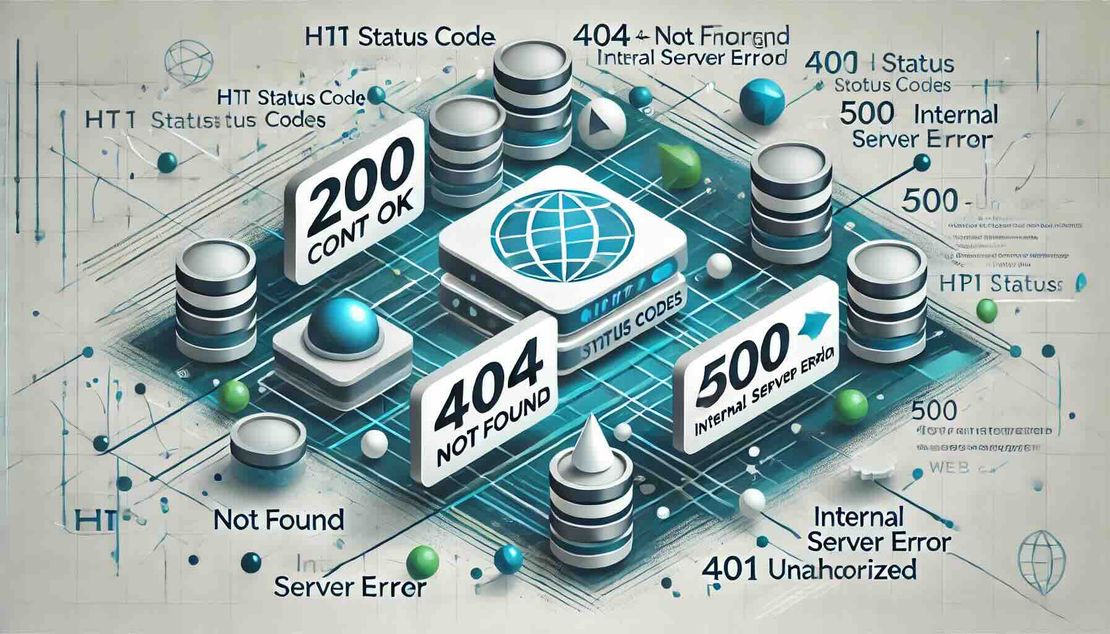
Best Practices for REST API Error Handling
📜 Consistent Structure — Ensure that error responses follow a consistent structure across all API requests to make them predictable and easier to handle.
Read More
Implementing Pagination, Filtering, and Sorting in REST APIs
🔍 Filtering — Filtering in REST APIs allows clients to retrieve only the data they need by specifying criteria. Common methods include using query parameters, path parameters, and request bodies. For example, using query parameters like GET /products?price_gt=50 filters products with a price greater than $50.

Understanding Request and Response Headers in REST APIs
📜 Definition — Request and response headers in REST APIs are metadata that provide additional information about the request or response. They are key-value pairs included in HTTP messages.
Read More
Understanding HTTP Status Codes
🔢 Definition — HTTP status codes are three-digit numbers issued by a server in response to a client’s request, indicating the result of the request.
Read More
HTTP Methods and Their Purposes
🔍 GET — Used to request data from a specified resource without altering it. It is considered safe and idempotent, meaning it can be repeated without causing any changes.
Read More
Introduction to RESTful APIs
🌐 Definition — A RESTful API is an interface that allows two computer systems to exchange information over the internet using the REST architectural style.
Read More